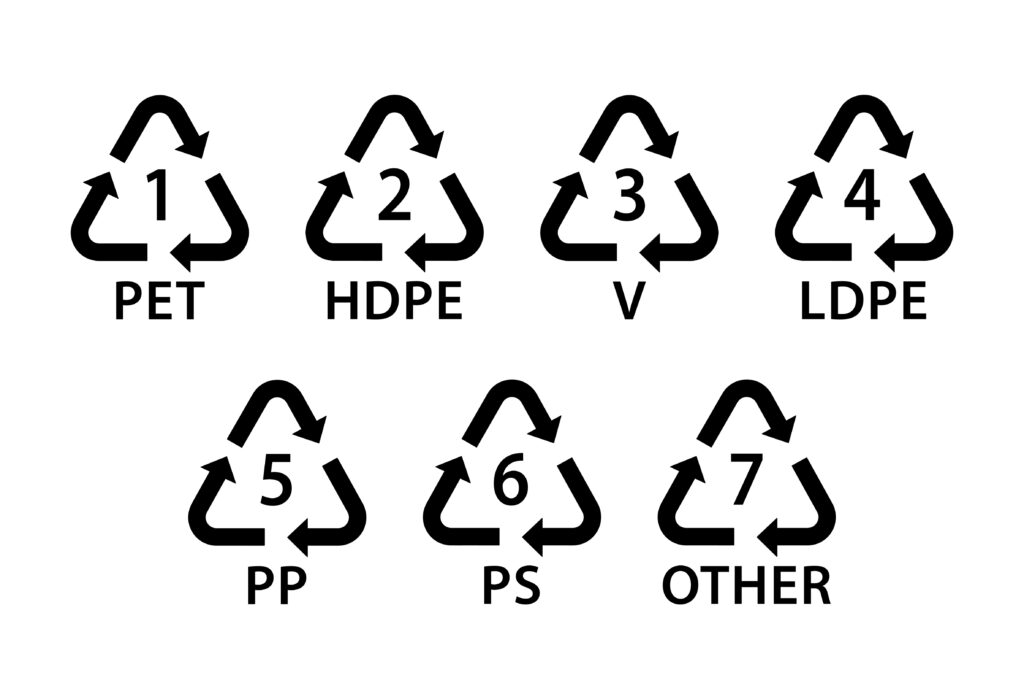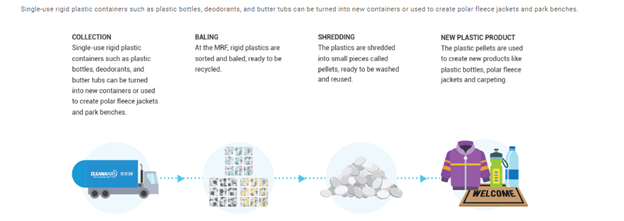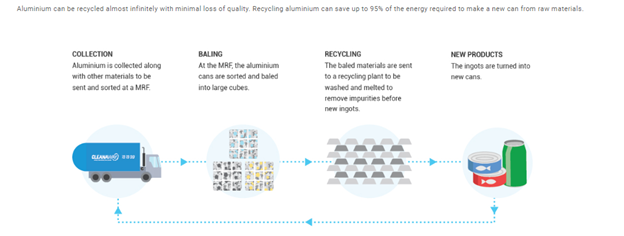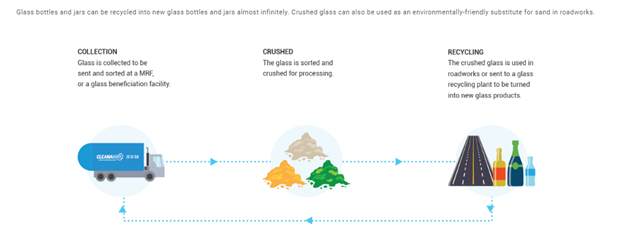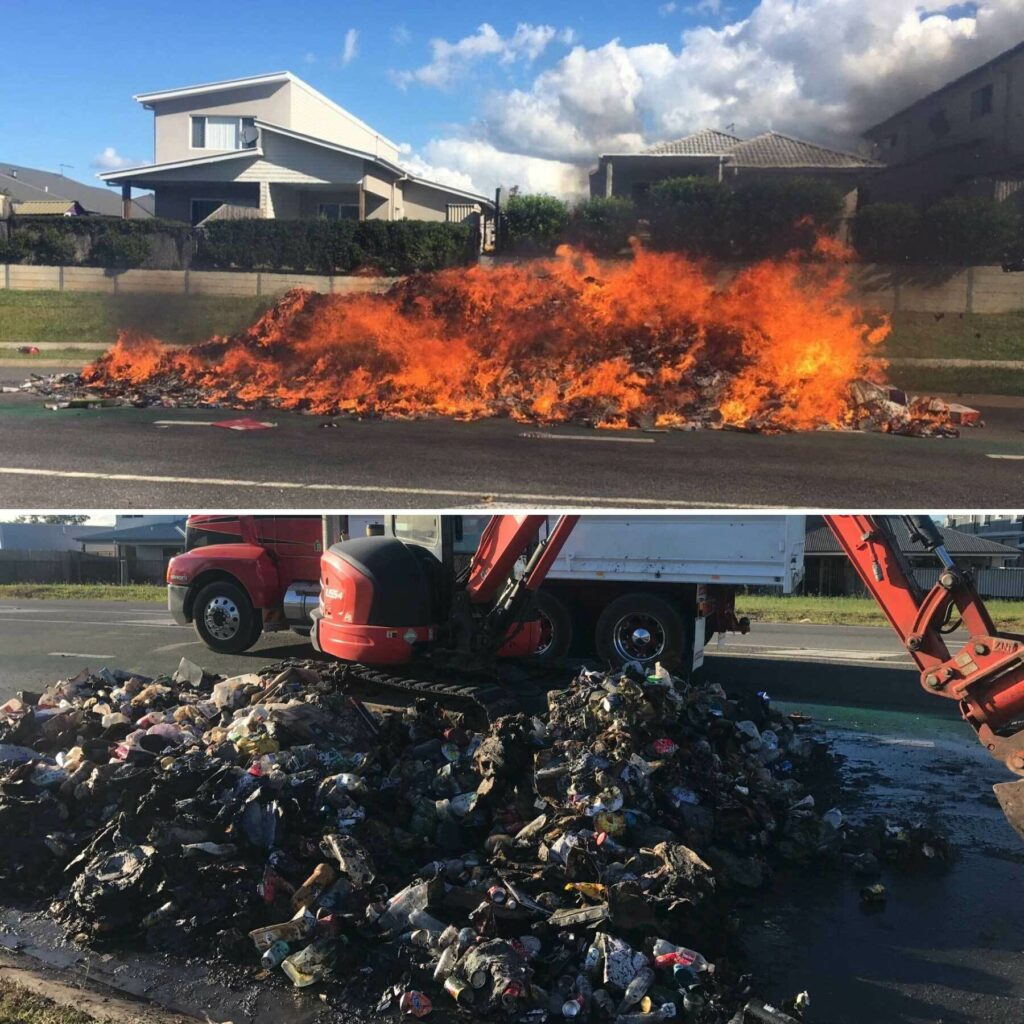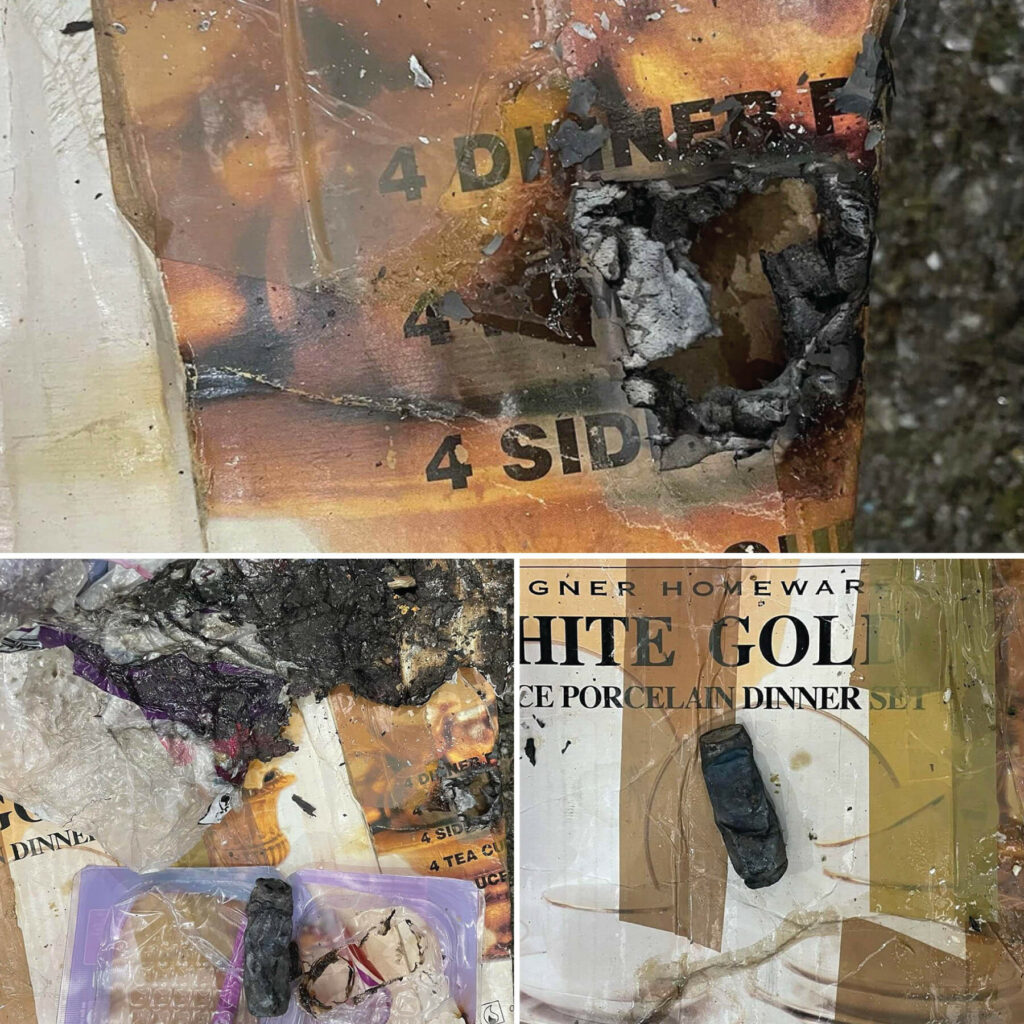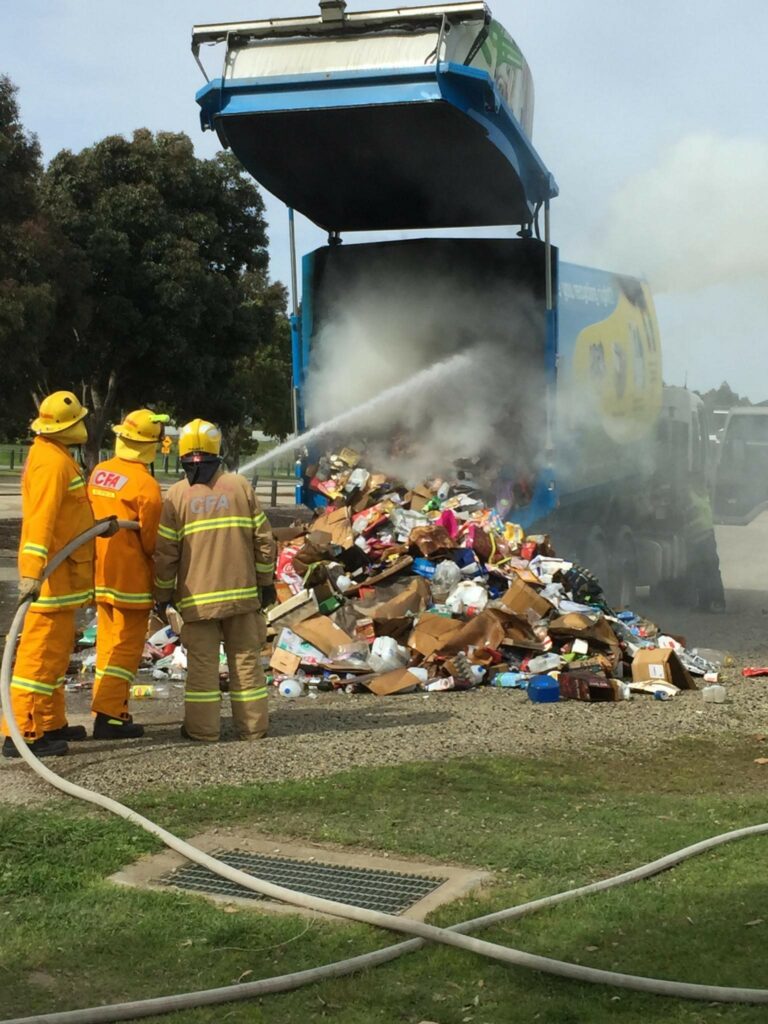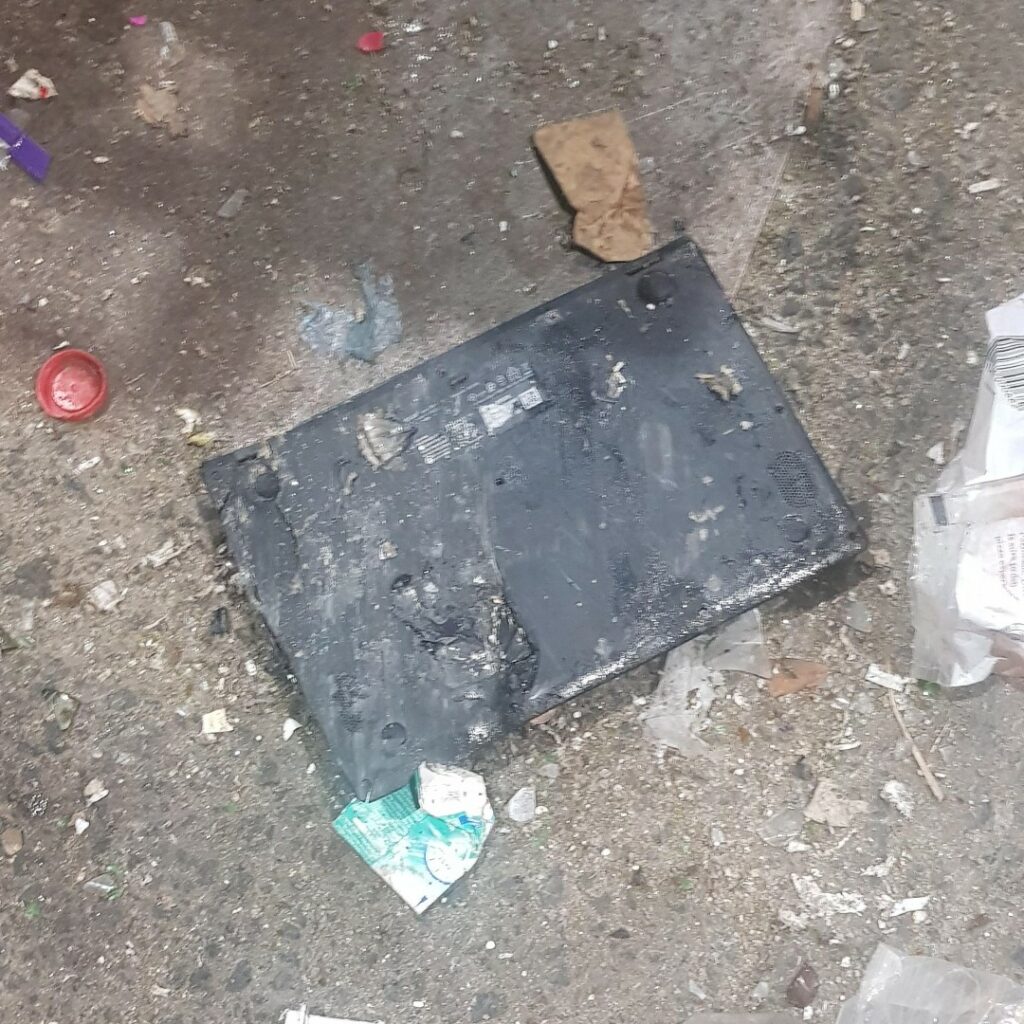So, what’s the top reason we recycle?
So, what’s the top reason we recycle?
The reasons we recycle are as diverse as they are compelling. Cleanaway’s 2024 Recycling Behaviours Report dives deep into these motivations, revealing not only why we do it but how we could do it better.
This year, our data reveals two main themes driving us to recycle; a genuine desire to help the environment and the practical benefits of saving or making money.
Environmental commitment
So, what’s the top reason we recycle? 75 per cent of us say it’s to help the environment. This is a significant shift from last year’s top reason ‘it’s the right thing to do’.
This change suggests Australians are now recognising the tangible impact our recycling efforts can have on the environment, rather than just following societal norms.
It’s encouraging to see the majority of Australians care deeply about recycling and are motivated by the difference their actions can make.
The power of incentives
When asked what would help Australians recycle more, 40 per cent of Australians answered incentives.
One familiar example is the Container Deposit Scheme, where Australians can receive 10c back for returning eligible drink containers such as cans and bottles. The scheme not only reduces litter, but keeps our recycling streams free from contamination, so our containers can be turned into new products within a circular economy.
Nearly half of Australians in eligible states say they have used a Container Deposit Scheme, with financial incentives being the biggest motivator, followed by wanting to benefit the environment.
Interestingly, the rebate for items from 10c to 20c would be the most motivating factor for increased participation according to participants of the survey.
Cost of living concerns
In our survey, the cost of living emerged as a higher concern than climate change, but recycling can offer benefits for both the environment and the hip-pocket.
About 60 per cent of people report they buy second-hand and 65 per cent sell second-hand goods rather than discarding them.
Additionally, 86 per cent of us use reusable shopping bags most or every time, which saves money too.
While some of our cost-saving actions can be counterproductive, such as buying cheaper items that may not be made from recyclable materials, it’s encouraging to see a widespread mindset of re-using and recycling among Australians.
Addressing labelling confusion
Confusion about recycling is another barrier that needs addressing, as indicated in our survey. Clearer product labelling and consistent information were two of three top factors that respondents indicated would help them recycle more. We encourage Australians to seek out reliable resources, always check before discarding of waste in kerbside bins, and stay updated with new recycling initiatives.
Cleanaway offers educational resources like the Greenius Learning Portal, and Recycling Hub with a glossary of common household items to help everyone recycle correctly and confidently.
By understanding and leveraging these motivations, we can enhance our recycling efforts, benefitting both the environment and our communities.
Cleanaway’s Recycling Behaviours Report
For the fourth year running, Cleanaway and the Clean Energy Finance Corporation (CEFC) have conducted research into Australians’ recycling behaviours. These valuable insights on everyday recycling challenges help shape Cleanaway’s priorities when empowering Australians in their recycling decisions.
Since 2017, the CEFC has been working with Cleanaway to support waste education efforts, such as the Recycling Behaviours Report. Through this investment, Cleanaway and the CEFC aim to reduce waste going to landfill and create a sustainable future for Australians.
